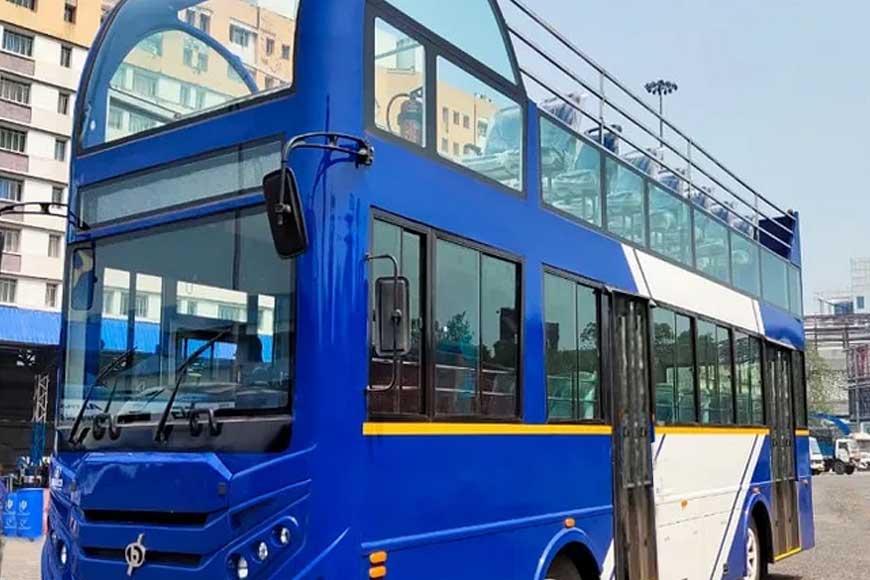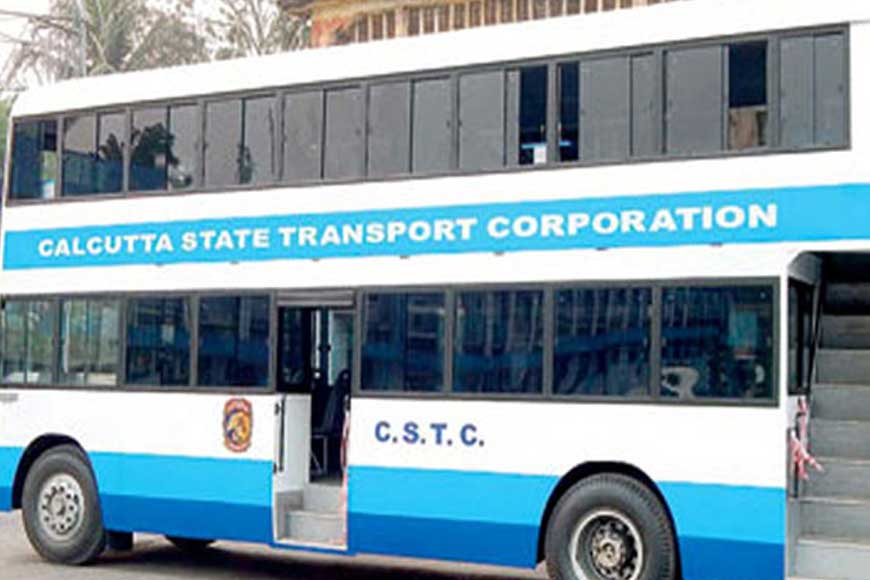Kolkata’s iconic double decker bus all set to stage a comeback

Happiness is a double decker bus…Sitting at the front of the top deck on a double-decker bus. Excellent, you can see forever.
Commuters who availed those cherry-red double decker buses in Kolkata till the mid-1990s, turn nostalgic and misty-eyed when they are asked to share their experience of the ride. Most agree, it was sheer bliss…magical. The memory of being on top of the world, sitting next to a window on the upper deck of the bus, with the wind sweeping past and caressing the sweaty forehead while looking down at life moving on, so far below, so insignificant, so small --- a feeling that could never be replicated by any other mode of transport. A ride on the majestic bus was truly an escape for the weary soul, one that shoved the drudgery of daily existence under the carpet and made each journey a memorable one.
Double-decker buses had made it to Kolkata during the Raj era and the red mammoth vehicles had been part of Kolkata’s public transport network till the 1990s. After this, the Left Front government phased out double-decker buses because it found the cost of maintenance of the aging fleet was too high compared to the revenue the vehicles generated. But Double-Deckers added to the nostalgia of Calcutta, as it was one of the few cities in the world where double-decker buses plied. Besides Calcutta, double decker bus service was also introduced in Bombay, Thiruvananthapuram, Chennai, Hyderabad and Bangalore, though much later.
Along with the trams, the red double-decker buses became a much-loved symbol of Kolkata after the British introduced them in the city in 1926. The first route connected Shyambazar in the north and Kalighat in the south. It was done as a mass transit just like in the UK. The iconic red London bus has always been a superhit. The first double-decker was a two-level horse-drawn carriage pioneered by Stanislas Baudry. Later, inspired by Baudry’s idea (and his success), an English gentleman, George Shillibeer, brought the ‘omnibus’ to London. Costing originally 1 shilling to ride, Shillibeer’s bus could hold up to 22 people.

In the 1920s, the first engine-powered version of the double-decker bus made its debut in London. With a growing population, there was a desperate need for more buses, sparking competition and by the mid-1920s there were about 20 different companies with buses driving all over the city. The largest of these businesses, The London General Omnibus Company (LGOC), sought to differentiate from their competitors and painted their buses bright red. In the 1930s the LGOC, like many other companies, merged to became part of the collective London Passenger Transport Board. In the 1950s the most familiar model of the double decker buses emerged, known as the ‘Routemaster.’ This version had an open rear door entrance, which was quickly removed since people thought they could jump on and off while the bus was moving. These double deckers became very popular as commuters loved the concept of having open tops to view the unending sky. Worldwide, these buses carry higher number of passengers than conventional buses. In thickly populated cities like Kolkata, a double-decker is thus a boon. Now the West Bengal government is planning to reintroduce the iconic double-decker buses in the city more than two decades after they were phased out.
The new and customized double decker buses will be seen on Kolkata roads very soon. Five out of the 10 busses being introduced will have covered decks while the rest will have open air decks. These remodelled buses will have CCTV cameras, electronic control, automatic doors, destination information boards, fire extinguishers and seat belts. They will primarily be used for Tourism tours.









